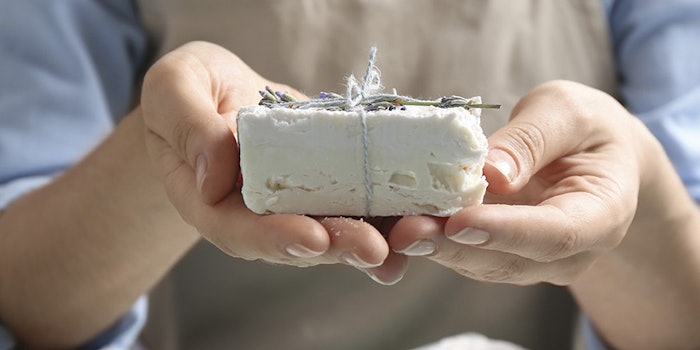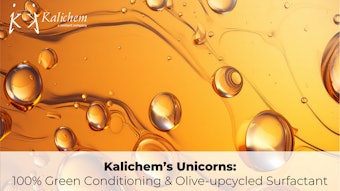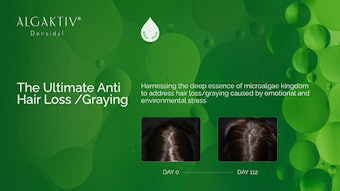
To read this article in its entirety, click through to the March 2020 digital magazine. . .
Sustainability can be broadly interpreted in a number of ways. In fact, this was a driver for Tony O’Lenick’s article on Page 20, which seeks to nail down specific technical aspects for what it means—biodegradable, continual supply, readily commercially available and green—and harmonize the way we as an industry measure these. What does it mean to consumers? How does it translate in a business context? In an ethical and moral sense?
These and other insights are shared by experts focused on sustainability in this month’s “Expert Opinions,” led here by an interview with Jo Chidley, chemist and founder of Beauty Kitchen. Continue reading on Page DM1 or for more from Childley, turn to Page 10.
Circular Economy
Sustainability is such a broad concept to describe in a single word, according to Chidley. “It’s really a complex thing to describe. What I tend to do is go back to principles that were created back in the early 80s and 90s by Bill McDonald and Michael Braungart, who [initiated the concept of] cradle to cradle. For me, ultimately, that’s what sustainability is ... It’s a circular flow of products and services. That means there’s no such thing as waste. So rather than things being recycled—which is a step in the right direction—ultimately, for me, sustainability is about positive carbon footprint and not taking anything from the earth.”
She concedes this is a pretty tall order, however, when it comes to designing consumer products that use ingredients. “How do you create something that somebody’s going to use, but then there’s going to be no waste?. . . I think it’s about the word renewable. That’s where the cradle to cradle principle [comes in].”
Renewable Resources
Continuing this thought on renewability, Chidley adds, “Using ingredients, you have to consider: How are those ingredients renewable? That’s really why our beauty products are based on natural ingredients.” She underlined, however, that Beauty Kitchen products are not based on natural or naturally derived ingredients for the sake of being natural. “We don’t use any synthetic petrochemicals because they come from a finite resource and that’s not really renewable in the short term.”
Furthermore, as most cosmetic R&D experts would agree, not all natural
ingredients are necessarily sustainable. Chidley provides the example of argan oil. “Argan oil is a fabulous ingredient. However, it comes from one very small part of the planet—it’s doesn’t even come from just one country, it comes from one region within a country. The problem is, if we all in the personal care industry use it, it’s never going to be sustainable. So there are certain ingredients we don’t use because we don’t feel it’s sustainable. ... Frankincense is another example.”
Leveraging Biotech
Beyond sustainable naturals, Chidley believes innovators can leverage biotechnology for ingredients. She gave the example of plant milking, whereby active constituents from hydroponically grown plants can be harvest repeatedly while the plant continues to grow. Recently, such an effort was announced in a joint effort between Clariant and Plant Advanced Technologies, from which a mulberry tree root-based active, Prenylium, was rolled out. It is reportedly rich in prenylated flavonoids for applications in well aging skin care.
Chidley noted that with plant milking, the botanical “is not grown in its natural habitat with soil, and nutrients are given through biotechnology. . .











